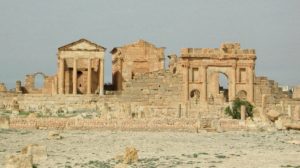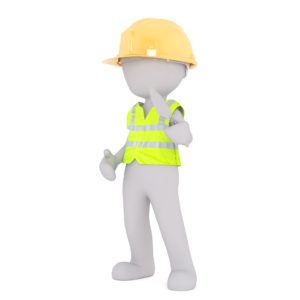Every planner takes a different look at the city when an underground line is to be built. Some see the future stations buildings, others the development of the city; some consider the environmental impacts of a project, others prepare for the possibility of archaeological finds in the planning area.
Protection of animal and plant habitats
A key question in subway planning is: Which protected assets can they endanger? Protected assets are habitats for animals and plants as well as cultural monuments.
During the extension of the U1 in the direction of Oberlaa, for example, field hamsters that lived at the Favoriten distribution circle were relocated to a safe area. In cooperation with Universality Vienna, the animals were collected and released in prepared burrows in the nearby Volkspark Laaberg.
Urban development goals
New subway lines open up new areas in the city. Derelict areas such as the Aspern airfield thus become urban development zones. The subway was a prerequisite for the Urban Lakeside Aspern.
A major development project was also implemented along the Danube, between the Praterstern and Donaumarina stations, including the new business university, the “Viertel Zwei” residential complexes, a sports and fun hall, and the Marina City residential and commercial complex.
The subway network as an art museum
The oldest commissioned work of the Vienna subway can be seen in the Volkstheater station. It is a 360m² glass mosaic by the artist Anton Lehmden.
It was made in 1991 and shows the natural history of the earth before the emergence of man.
Many other works by renowned artists such as Ingeborg Strobl, Peter Kogler and Ernst Caramelle have been added since then.



